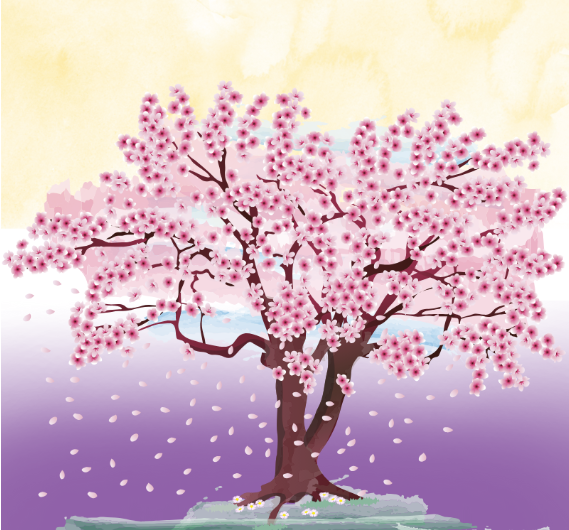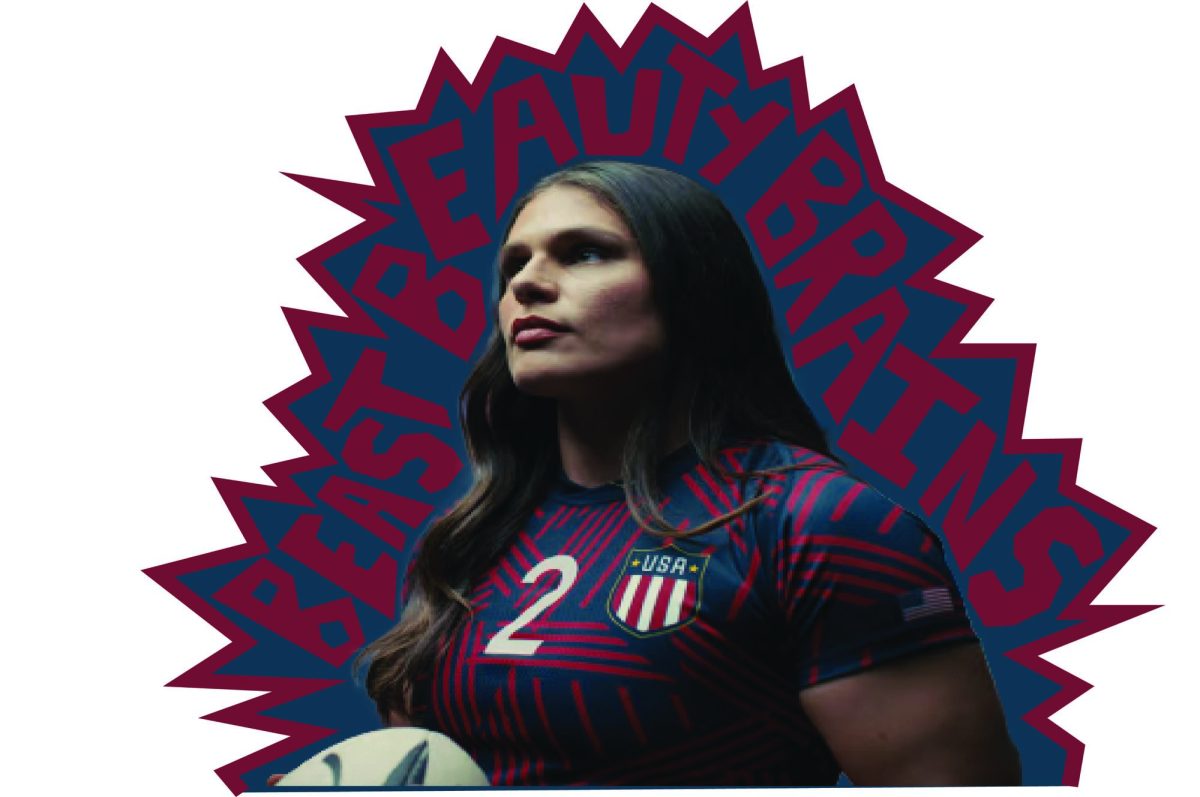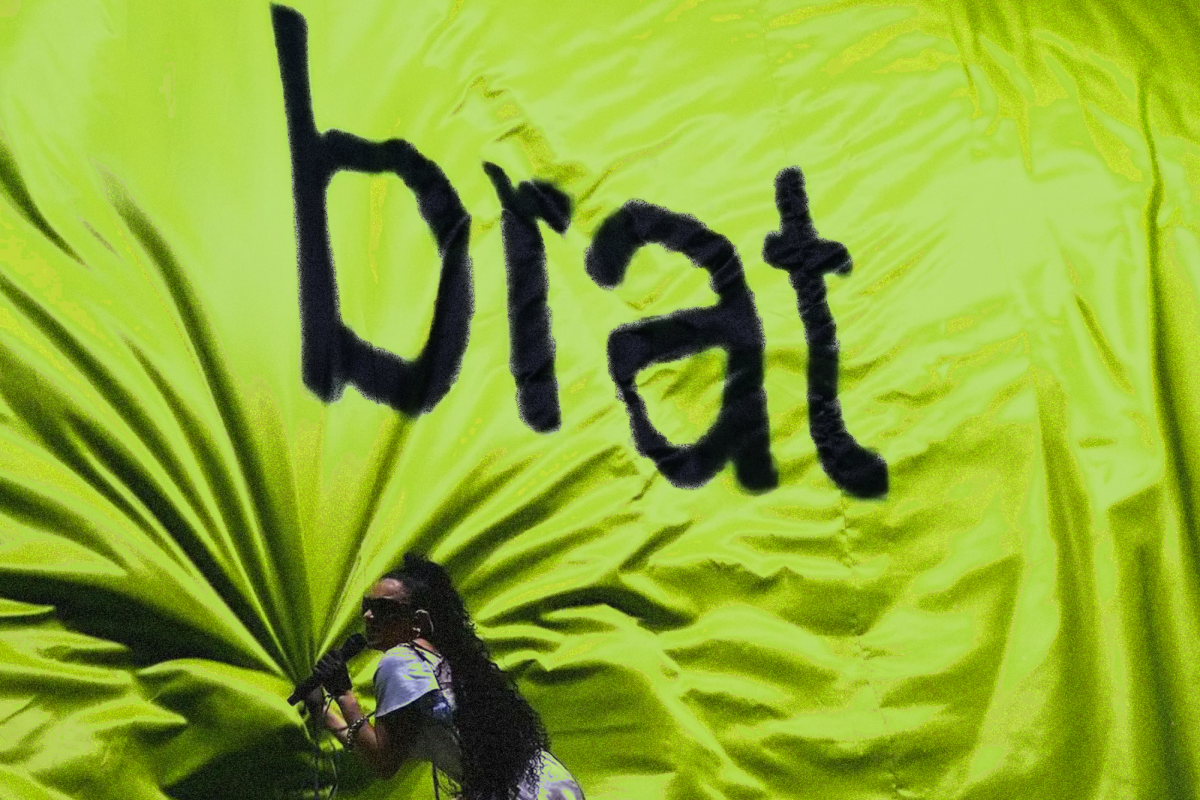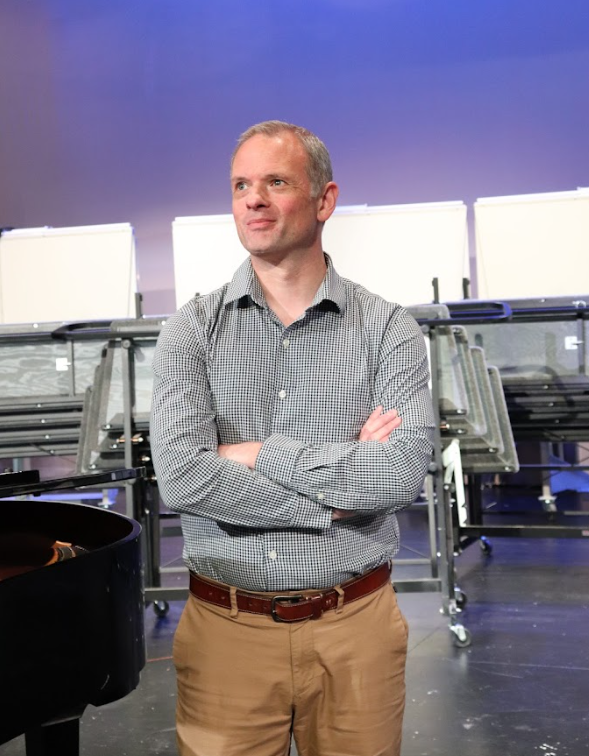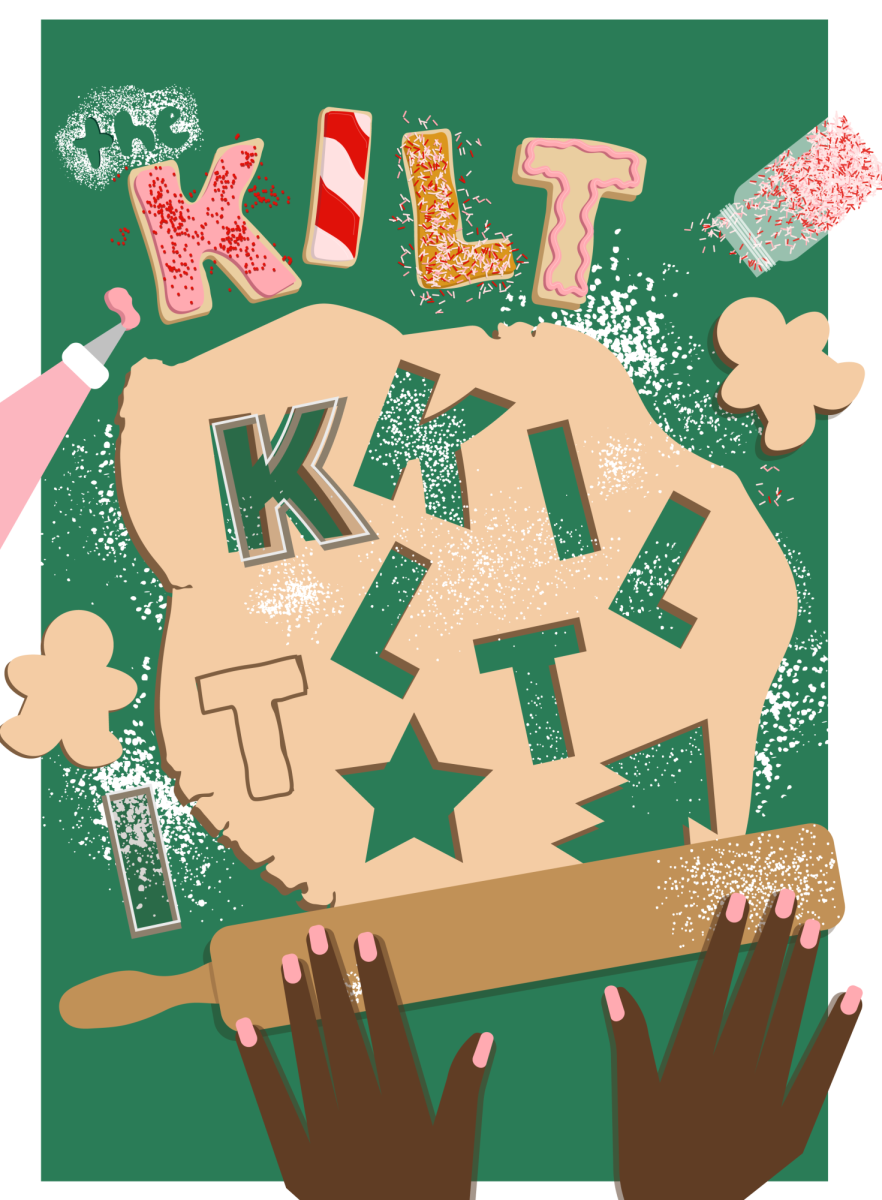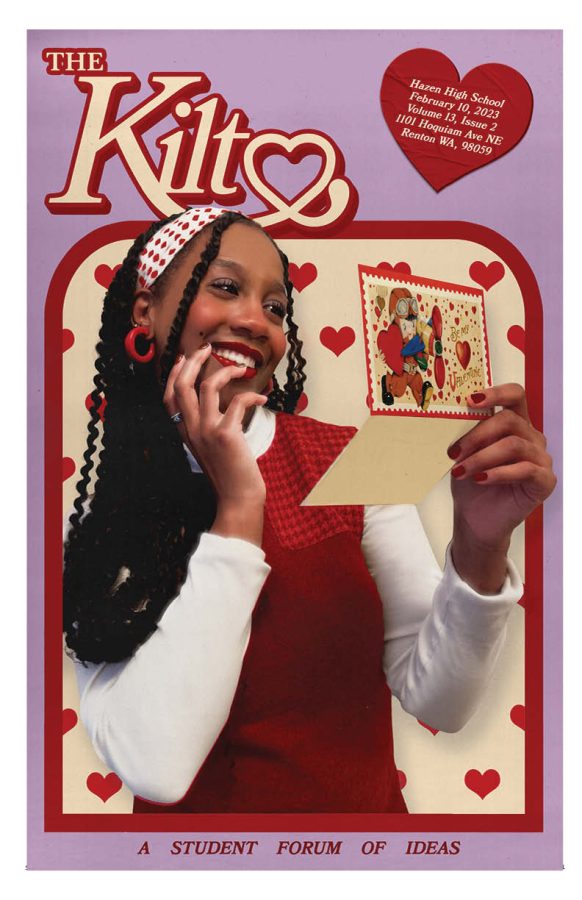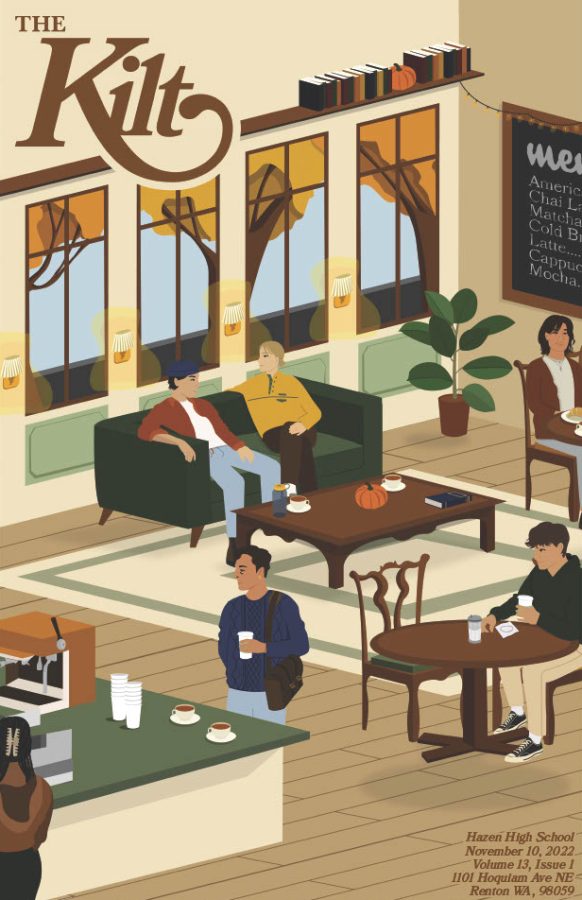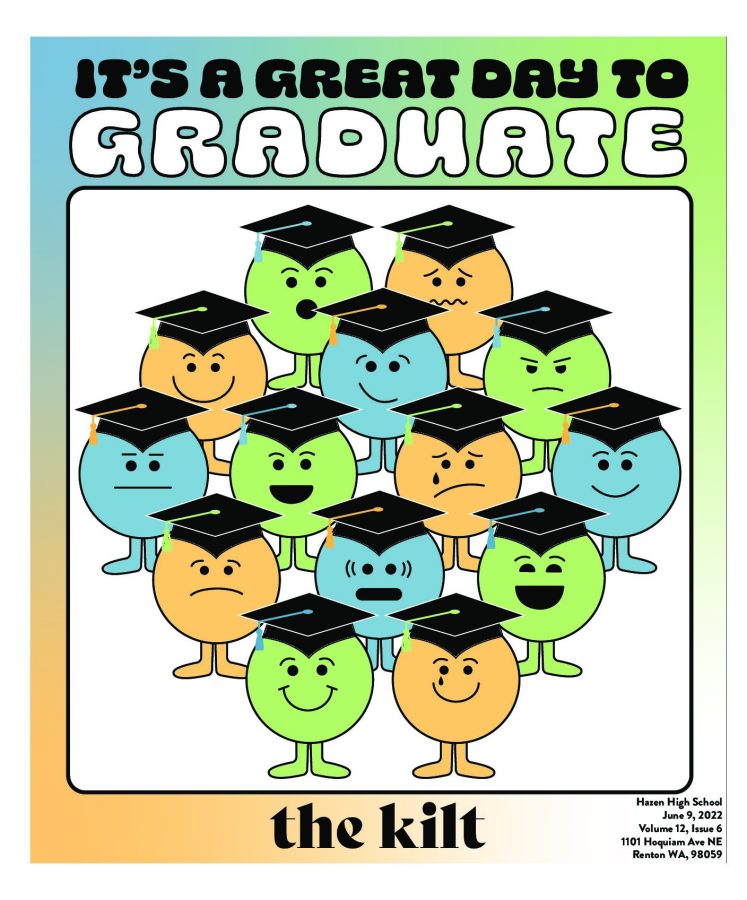The 1950s gave rise to the aesthetic of a traditional housewife (tradwife), painting an image of a woman who is dolled up, wearing an apron, and carrying a baby on her hip while tending to household tasks. In contrast to stay-at-home mothers, tradwives are driven by strict gender roles that they view as crucial to upholding a society. By definition, tradwives follow Christian or conservative values and are subservient and financially dependent on their husbands.
A tradwife movement has surfaced on social media as tradwives showcase their daily household chores and homemaking routines on Instagram and TikTok. The quickly polarizing nature of social media has created a debate surrounding tradwives and the impact their beliefs have on how women are viewed and treated in society. Did feminism pave the way for women to have the choice to choose this lifestyle, or is it reinforcing gender roles, reversing the progress made?
As social media only displays the picture-perfect aspects of life, the online tradwife movement has been scrutinized for undermining and glamorizing the hard labor that goes into household chores and raising children. Popular tradwife influencer and German model Nara Smith films herself effortlessly cooking and baking everything from bubble gum and Hot Cheetos to cough drops from scratch, all while wearing lavish designer dresses in the kitchen. While her content is arguably satire, she portrays the tradwife lifestyle as effortless, elegant, and luxurious. This perspective overlooks the constraints of gender roles tradwives experience, reducing their lives to a trendy aesthetic.
Discourse online displays frustration regarding how tradwives portray wives as submissive and subordinate to their husbands. The comments on tradwife videos are full of men encouraging and praising the return of the so-called “natural order.” However, with a traditional wife comes the expectation of a traditional husband. For a tradwife to stay at home and perform household duties, there is a need for financial support. This is perceived as a luxury not everyone can afford. There is a hint of irony as social media has become a lucrative source of income for tradwives who decide to make content. This means that tradwife influencers contribute to their household income and may even be the breadwinners, contradicting the standard definition of a financially dependent tradwife.
The internet became particularly invested in the story of Hannah Neeleman, the epitome of a tradwife, known as Ballerina Farm on Instagram and TikTok. Neeleman was born in Utah and raised Mormon. Her exceptional talent led her to attend Juilliard for ballet. To pay for the university, she competed in several beauty pageants.
During her senior year, she met her now-husband, Daniel Neeleman, who was also raised Mormon and attended Brigham Young University. After their initial meeting at a basketball game, Daniel was insistent on taking Hannah Neeleman out on a date. However, she resisted his offer for six months. It was not until the two were ‘coincidentally’ seated together on a plane ride —that Daniel had arranged as his family owns the airline JetBlue— that they began dating. Just two months later, the couple was married. In the third month, Hannah became pregnant with her first of eight children, making her the first pregnant undergraduate ballerina at Juilliard.
An article interviewing Hannah and Daniel, Meet the Queen of the ‘trad wives,’ released by The Times, blew up across social media as people began speculating if Hannah was being overworked and mistreated. The article showcased a timeline of Hannah’s life, including the couple’s love story. As this discussion moved online, people began making assumptions about the couple’s seemingly rushed marriage. Although Hannah graduated, the internet accused Daniel of snuffing out her future career in ballet as they eventually moved back to Utah to start a family farm. However, Hannah’s online platforms demonstrate that her love for ballet dancing continues as she twirls and leaps across the wooden floors of their home and in grassy fields.
One excerpt that continued to manifest in conversation: “Neelman sometimes gets so ill from exhaustion that she can’t get out of bed for a week.” Tending to farm animals, raising eight children, cleaning, and cooking every meal completely from scratch is undoubtedly hard work, and concern for Hannah’s health circulated the internet.
Additionally, during the interview, Neelman mentioned her relief when she received her first and only epidural during labor when her husband was out of the room. Her lack of autonomy over her body was discussed. To take things to an extreme, Hannah trained and prepared diligently to attend a Pageant only 12 days postpartum while pregnant with her eighth child. Was this the embodiment of empowerment and success for women, or was it a display of oppression forced to perform for society?
Amplified by social media, the tradwife movement sparks clashing ideologies surrounding gender roles, societal expectations, and personal choice. Superficially, the tradwife aesthetic is marketed as effortless and classy, while the reality unveils questions regarding gender equality, financial independence, and autonomy. Ultimately, the tradwife debate raises critical questions about whether it is a reflection of modern liberation or limitations that continue to tread on the heels of women.

